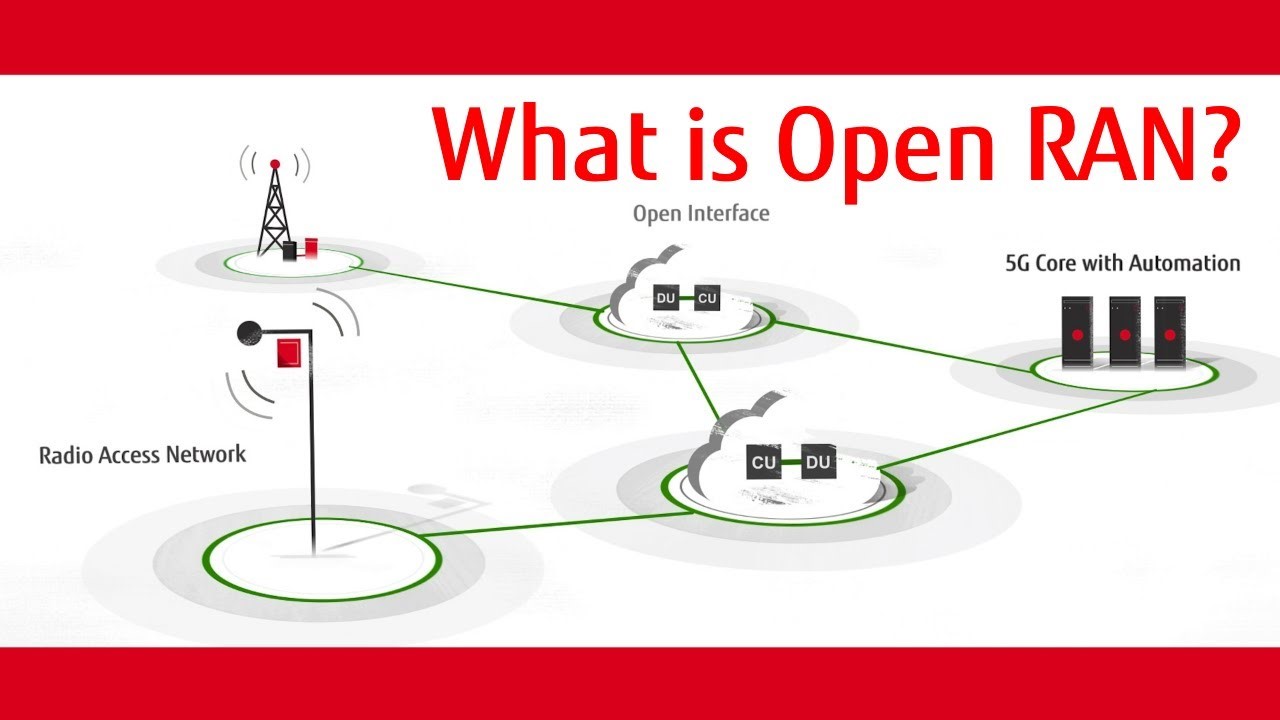Free Courses Sale ends Soon, Get It Now


Free Courses Sale ends Soon, Get It Now



Disclaimer: Copyright infringement not intended.
Context
The development of new niche base station solutions by the IIITB COMET Foundation (COMET), Bengaluru, represents a significant stride towards realizing the government's vision of affordable connectivity for all.
Details
Features and Benefits
About ORAN
Components:
Benefits:
Challenges:
Significance:
Conclusion
The development of new niche base station solutions by COMET represents a significant milestone in advancing telecommunications infrastructure in India. By focusing on affordability, interoperability, and efficiency, these solutions contribute to bridging the digital divide and empowering communities with access to connectivity.
|
PRACTICE QUESTION Q. Open RAN represents a paradigm shift in the design and deployment of wireless networks, offering the promise of increased flexibility, interoperability, and innovation. Elaborate. (15 marks) |
© 2024 iasgyan. All right reserved